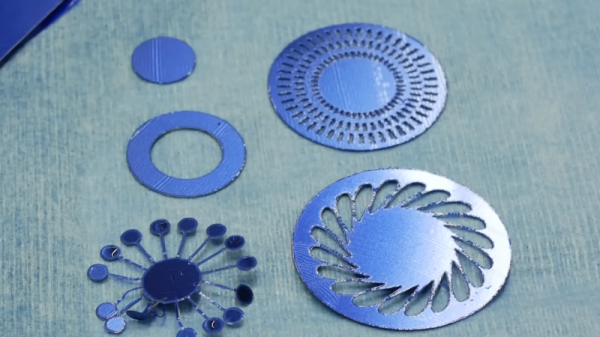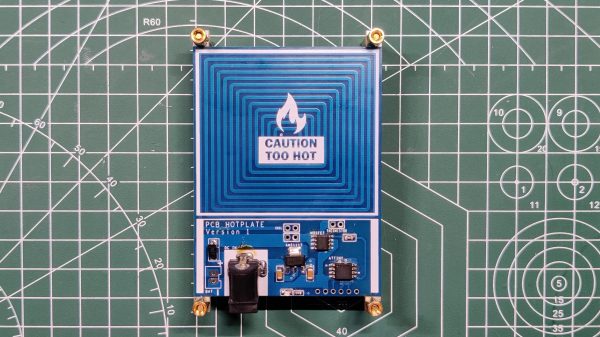Crossbows were a major development in the history of weaponry. They enabled lesser-skilled soldiers to shoot arrows at great speed in a compact form-factor. You can now build your own tiny version, thanks to this creation from [Maciej Nowak].
The main body of the crossbow was cut from a piece of aluminium bar stock, being shaped with an angle grinder. A slot was then machined to mount the crossbar and pulleys. A round piece of aluminium tube serves as a spring holder, and the spring is tensioned via pulling back a length of sailing rope to rest on a latch. The latch is released by a small trigger, just like on a full-size crossbow.
The arrows (or bolts, more typically) were made by machining skewers and giving them hard metal tips cut from nails. This enables them to penetrate apples, and presumably other fruits. They fly straight enough to reliably hit a target from a meter or two away.
We’ve seen other crossbow builds before, like this one that fires cannonballs! Just be careful where you aim, and don’t get yourself or anyone else hurt.
Continue reading “Tiny Palm-Sized Crossbow Build Is Cute And Dangerous”


















